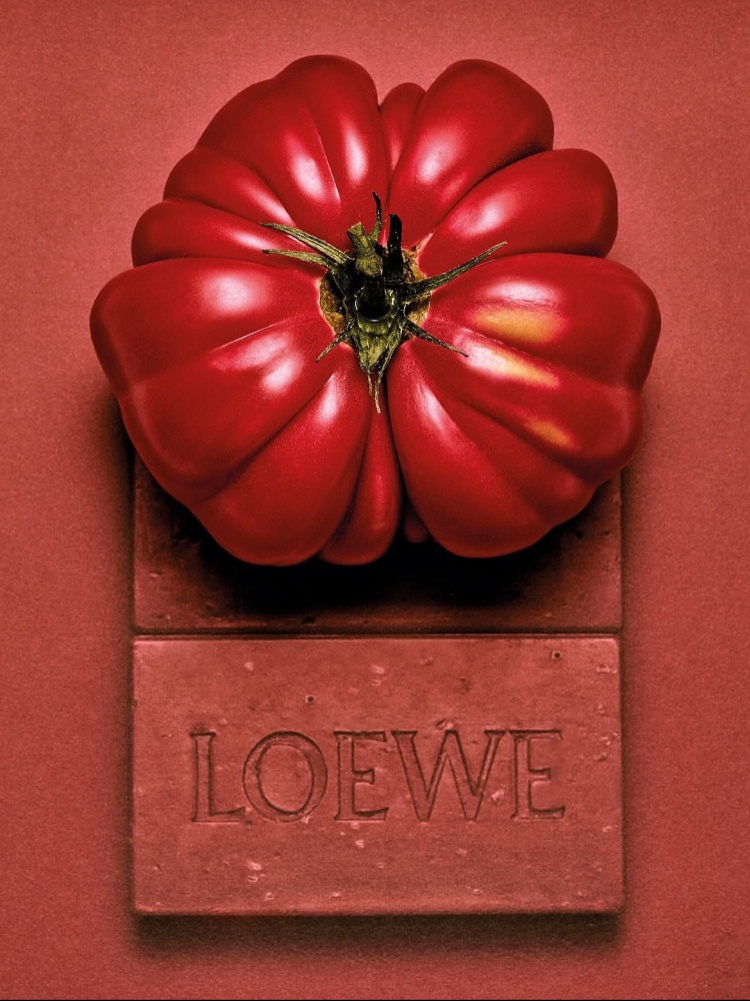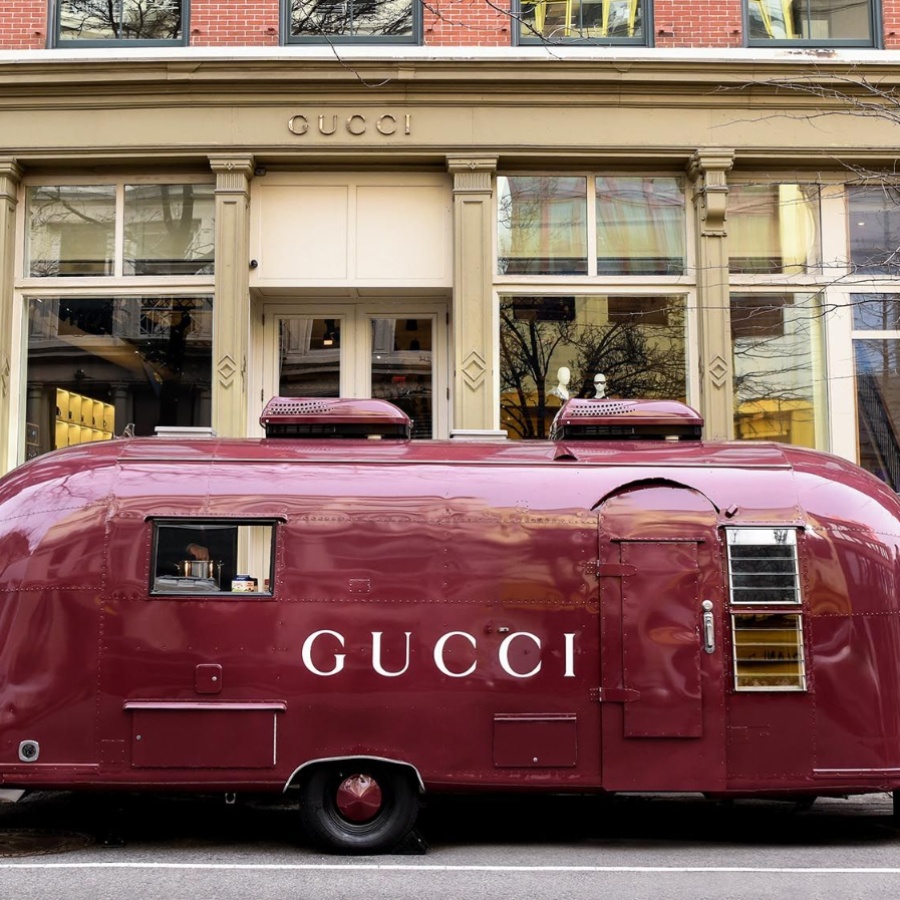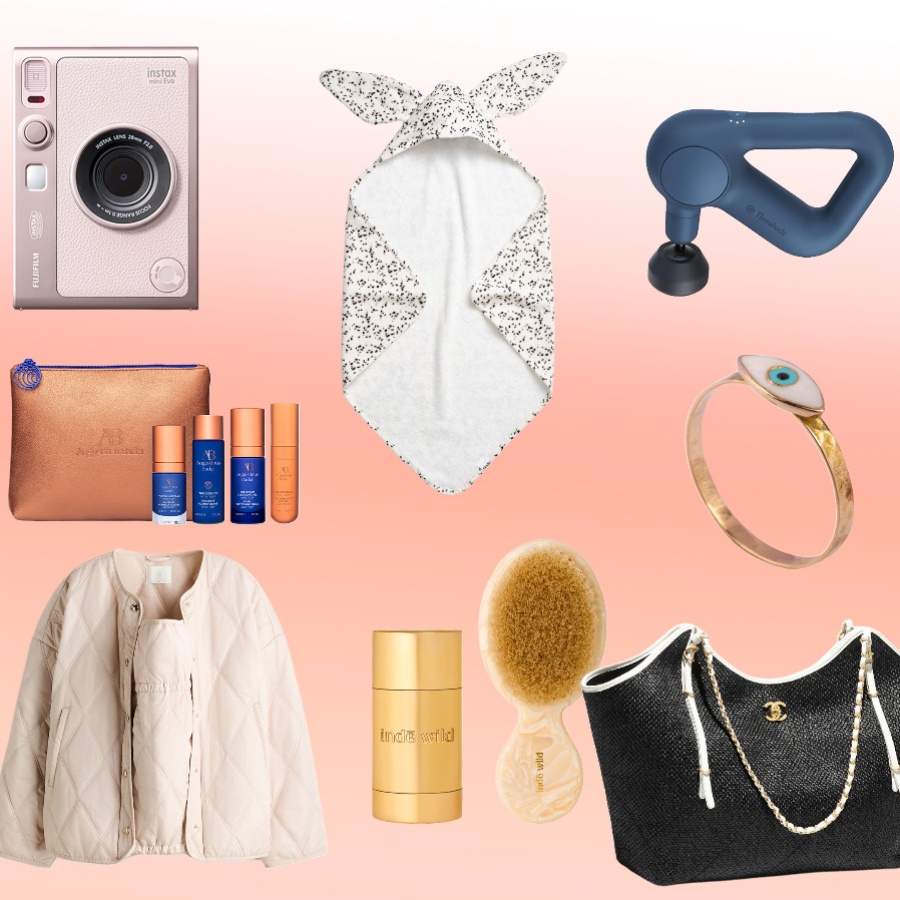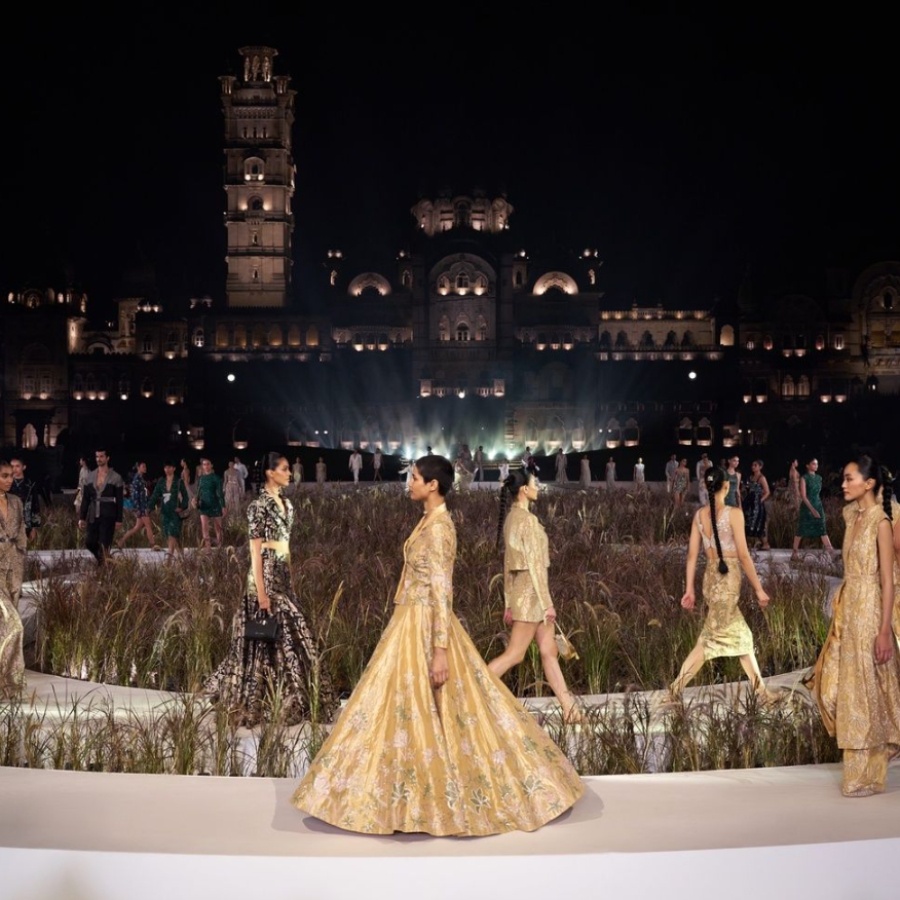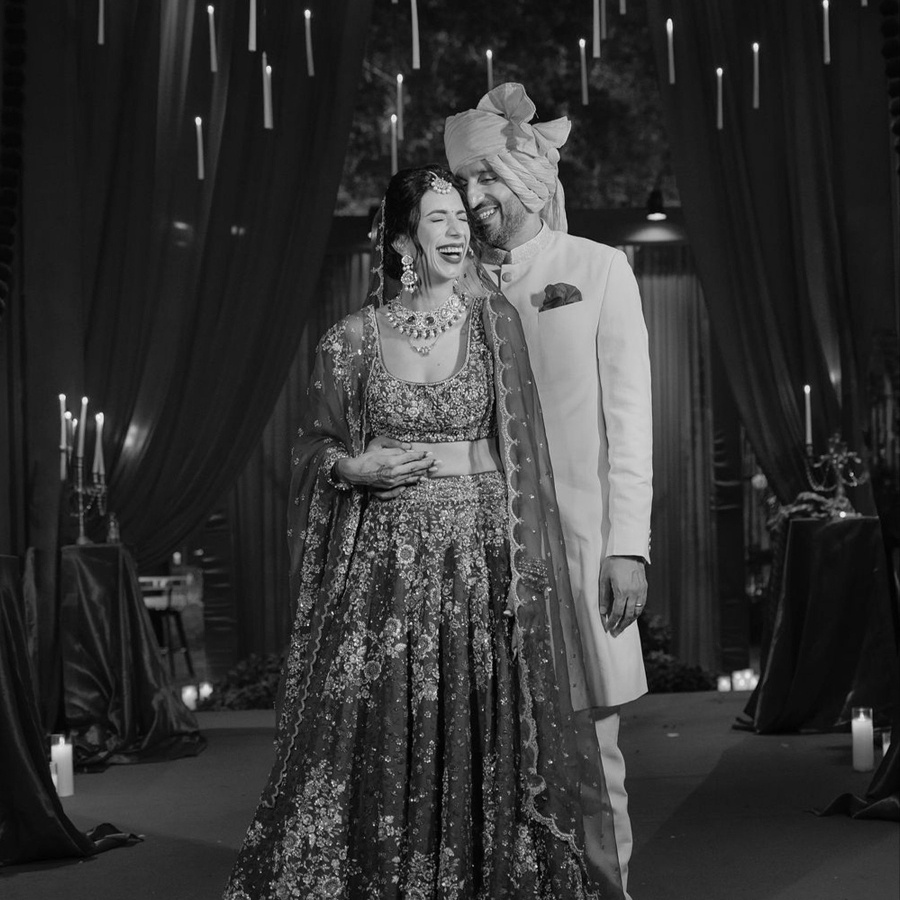When you think of fashion campaigns, you probably think of stunning, expansive locales—a palace in Rajasthan or lush fields of Goa or the beaches of Amalfi. You think of models towering or crouching without a grin in sight, in perfectly ironed clothes. It’s likely that the image you conjured up is ultra-polished, aspirational, and story led.
While these larger-than-life shoots shone bright on glossy magazine pages, nestled between an array of similar ads, in today’s fastest-finger-first digital world, they seem archaic, often selling a way of living that doesn’t spark joy (or chatter) anymore. It doesn’t help that clipped budgets now force once-extravagant campaigns to be limited to plain backgrounds, using minimalism to be, well, boring.
But imagine if, instead of selling you a curated, faraway dream, a brand spoke to you in memes—in a language that was unserious and familiar, even silly. I’m talking irony-pilled posts of what Leos or Geminis have in their handbags to what your favourite Brat song says about the way you wear your eyeliner or high-fashion starter packs that break down what people wear to watch Bad Newz versus Kill. Maybe a cheeky collaboration with your favourite internet comic—picture @CoolBoyJoel rating kitten heels, ballet flats, and Crocs based on vibes, as the creator typically does.
Suddenly the campaign is young, fun, and fodder for the group chat. In reality, a chronically digital upbringing has landed Gen Z with a hyper-online, self-referential style of humour and we’re yearning for brands to match our freak. Just watch Loewe reap the rewards—from having celebrities film the pass the phone challenge at the 2024 Oscars and memeing a tomato into a viral handbag, the luxury house mined pop culture to emerge as the hottest brand on Lyst's Q2 index. Then there’s e-commerce platform Ssense, whose character alignment charts featuring products and in-the-know memes get the community demanding raises for the social media team. Even Reformation, the LA-based label known and loved for its minimalist brand language has started posting memes in collaboration with Throwing Fits.
Most recently, Marc Jacobs has risen to the internet hall of fame for its ability to capitalise on flash-in-the-pan trends in an authentic, relatable manner. Undoubtedly, the brand’s been all over our feeds for collaborating with trad-wife Nara Smith of making-everything-from-scratch fame. Beauty brand Laneige too joined forces with the model and content creator to promote its limited edition watermelon lip mask. Watching legacy brands drop their storied marketing to connect with younger consumers instantly makes them more appealing. “People don’t like advertising. A normal consumer doesn’t really care about your brand, they’re just looking for a reason to connect or engage whenever they see content,” explains Varun Kashyap, who leads the culture agency and digital platform, Stumble. “The more brands accept that it’s okay to break free from cookie-cutter norms, to have fun and experiment, the more access there is to success, to ‘virality’, and to building truly engaged communities.”
With Gen Z reported to have a spending power of US$450 billion, it’s time that brands pay more attention, especially when studies show that 60 per cent of online communities are more likely to buy a product when memes are used in their marketing. Even closer home, brands like Fae Beauty, Mokobara, Mainstreet Marketplace, Olio, Paradyes, and Quod are seeing success with irreverent, internet-first content. For Urva Joshi, creative director at Paradyes, self-expression is such a core pillar of his brand that this was an organic choice. “We have a very strong community that has a similar humour to our brand voice. Hair colouring was a taboo that people have been navigating for so long that memes became our response to it,” he shares.
The brand recently posted a funny carousel of reactions to red coloured hair, comparing it to chewed paan, being a baddie, or in your post breakup revenge era. Joshi reveals that the post brought in high engagement (3,025 likes and counting) because of its low-lift relatability and cultural references. It’s like what writer and fashion editor Sohini Dey says of Kolkata-based clothing brand 145 East: “It combines digital trends with very specific Bengali tropes that instantly resonate with people from the community. It’s fun because the brand is able to lean into the stereotypes and mock them, while also owning them in a zany tone.”
What’s important to note, though, is that all the labels that get hyper-online behaviour right have an intrinsic sense of play already. This unserious tone could easily fall flat for brands that are more aligned towards upholding stories of craft, tradition, or heritage. “Capitalising on fast-paced memes could contradict the slow, measured philosophies that these brands are trying to present,” Dey explains. Another challenge that labels face while adopting internet trends is finding an authentic voice to communicate it. Think of the countless brands that posted slime-green branding to cash in on Charli XCX’s Brat or made reels to the viral “looking like a wow” audio and failed to hit the mark.
As buyers become more discerning, superficial attempts at relatability or community building can just as quickly give people the ick. “It’s important to build an authentic parasocial relationship with the brand voice,” Kashyap shares. “Many brands are led by people who don’t get internet culture and you can tell that not enough agency rests with younger execs to experiment.” Call it measured strategy, wishful thinking, or delulu manifestation, but in an era when even presidential candidates are trying to meme their way to victory, it's only a matter of time before brands, old and new, make online behaviour a priority. Just don’t put slay in your caption when you do, thanks.
